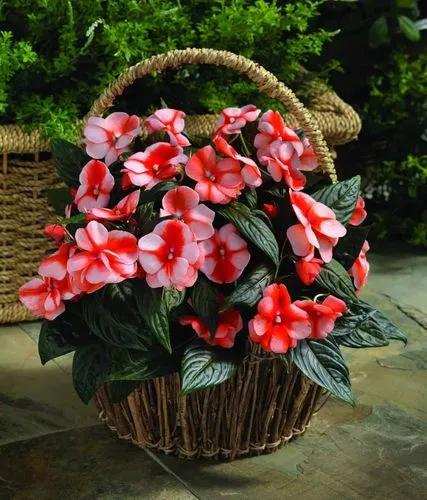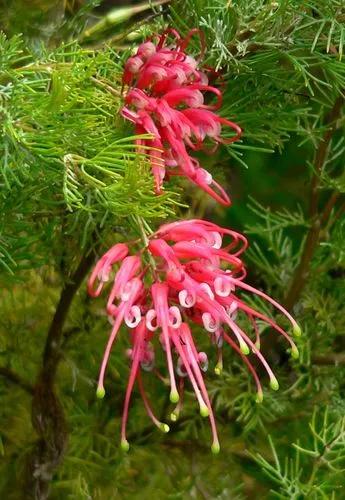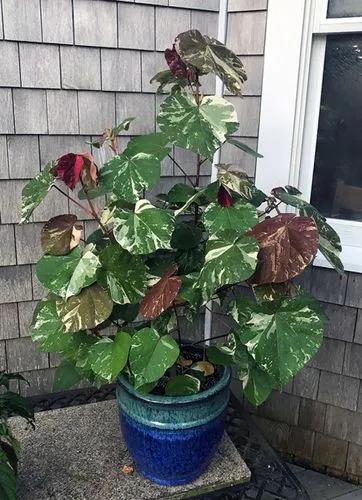The Tongue Orchid is an exotic and one-of-a-kind flower that will add beauty to any home. It is simple to care for and requires little upkeep.
Tongue Orchid Care
Bulbophyllum fletcherianum
Other names: Fletcher's Bulbophyllum, Spies Bulbophyllum



The Tongue Orchid (Bulbophyllum fletcherianum) is a remarkable and exotic orchid that brings a touch of uniqueness to any space. Its standout feature is its tongue-shaped flower petals, which set it apart. Typically, these petals sport a rich, dark red hue, contrasting beautifully with the deep green leaves.
How to Care for the Plant

Water

The key to watering your Orchid is to do so when the soil feels dry, typically every 7 to 10 days. Avoid overdoing it; excessively soggy soil can lead to root rot, which we definitely want to avoid.

Pruning

Bulbophyllum fletcherianum should be pruned in early spring, just before new growth appears. Remove any dead or diseased growth, as well as any weak stems.

Fertilizer

Think of feeding your Orchid like providing it with a well-balanced diet. During the active growing season in spring and summer, offer a balanced 10-10-10 fertilizer every two weeks. But remember, don't go overboard with nitrogen; too much of it can harm the roots.

Sunlight

Tongue Orchid requires indirect, bright light. It is essential to avoid direct sunlight, as it can lead to leaf burn.

Soil

For this Orchid, sandy soil with a pH between 6.5 and 7.5 is the ticket. It should be well-draining and rich in organic matter. A recommended potting mix might include peat moss, vermiculite, and perlite.

Propagation

This Orchid can be propagated easily by division or stem cuttings. Divide the plant into several sections and replant in separate containers to propagate through division. Take a stem cutting with at least two nodes and plant it in a small container with moist soil to propagate through stem cuttings.

Temperature

Maintaining the right temperature is key. Keep your Orchid in an environment that ranges from 70-90°F (21-32°C). Steer clear of temperature extremes, whether they're too hot or too cold, as they can harm your plant.

Container

When choosing a container for your Tongue Orchid, think wide and shallow, and don't forget those drainage holes. This design helps maintain proper soil moisture and prevents the dreaded root rot. Plus, many orchids, including this one, appreciate bottom watering, making a shallow pot an even better choice.

Fun fact

Interestingly, this Orchid was first discovered in the 1950s and hailed from the lush tropical forests of New Guinea.

Popularity

9 people already have this plant 7 people have added this plant to their wishlists
Discover more plants with the list below
Popular articles






